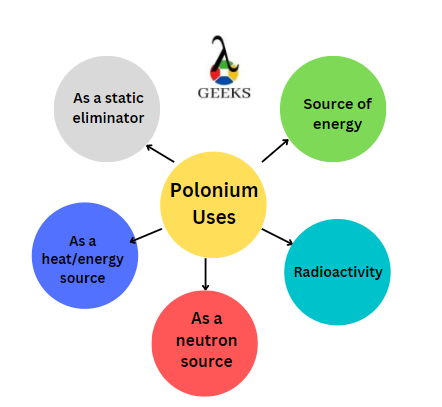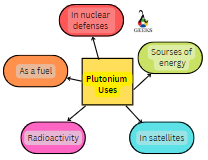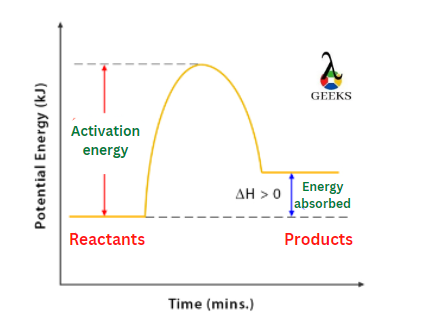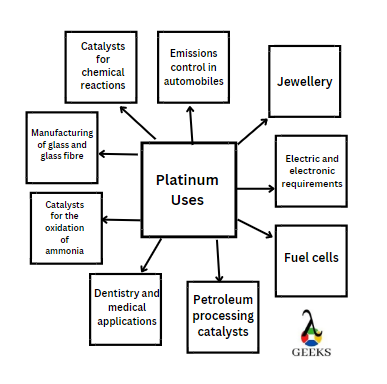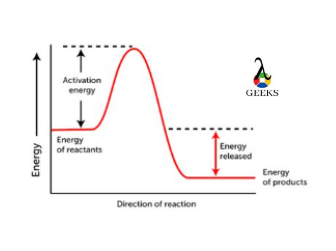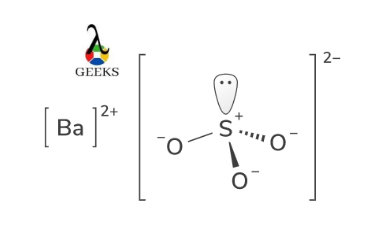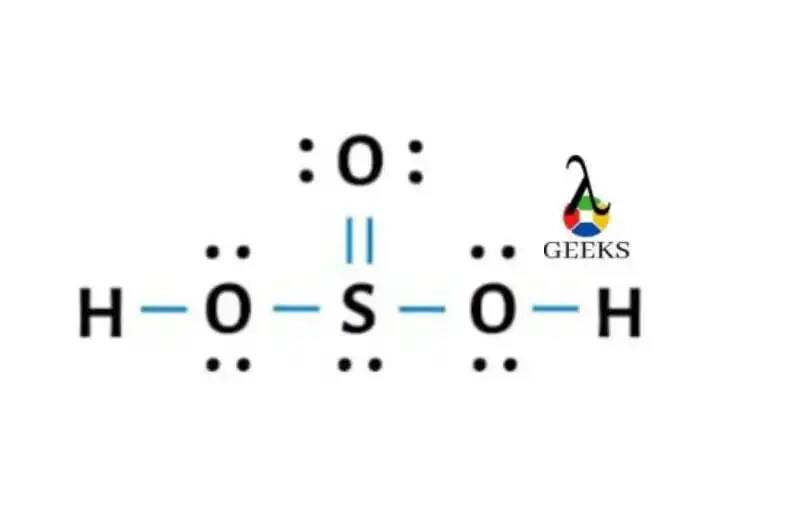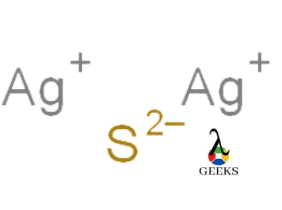15 Facts on HF + KMnO4: What, How To Balance & FAQs
Introduction HF KMnO4 is a chemical compound that consists of hydrofluoric acid (HF) and potassium permanganate (KMnO4). It is a powerful oxidizing agent and is commonly used in various industrial and laboratory applications. HF KMnO4 is known for its ability to react with organic compounds, making it useful in organic synthesis and oxidation reactions. It … Read more
